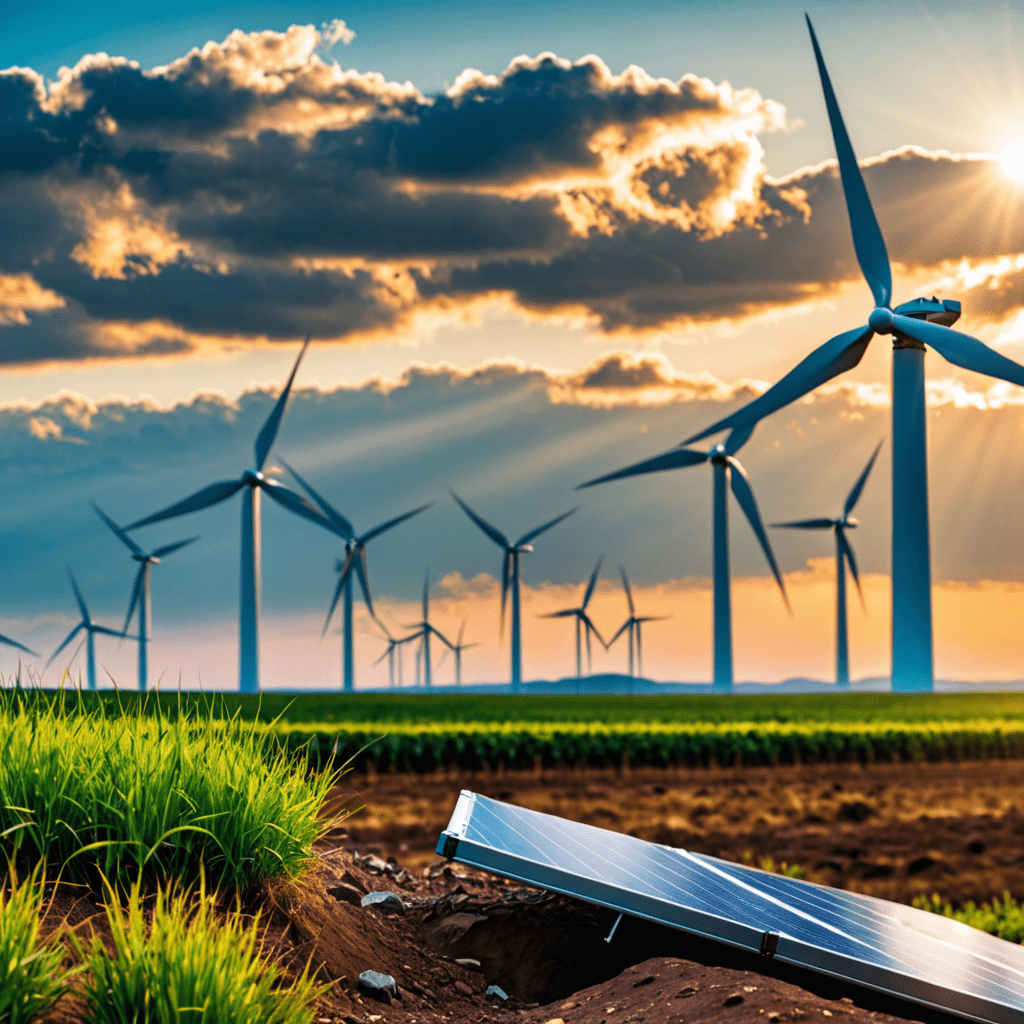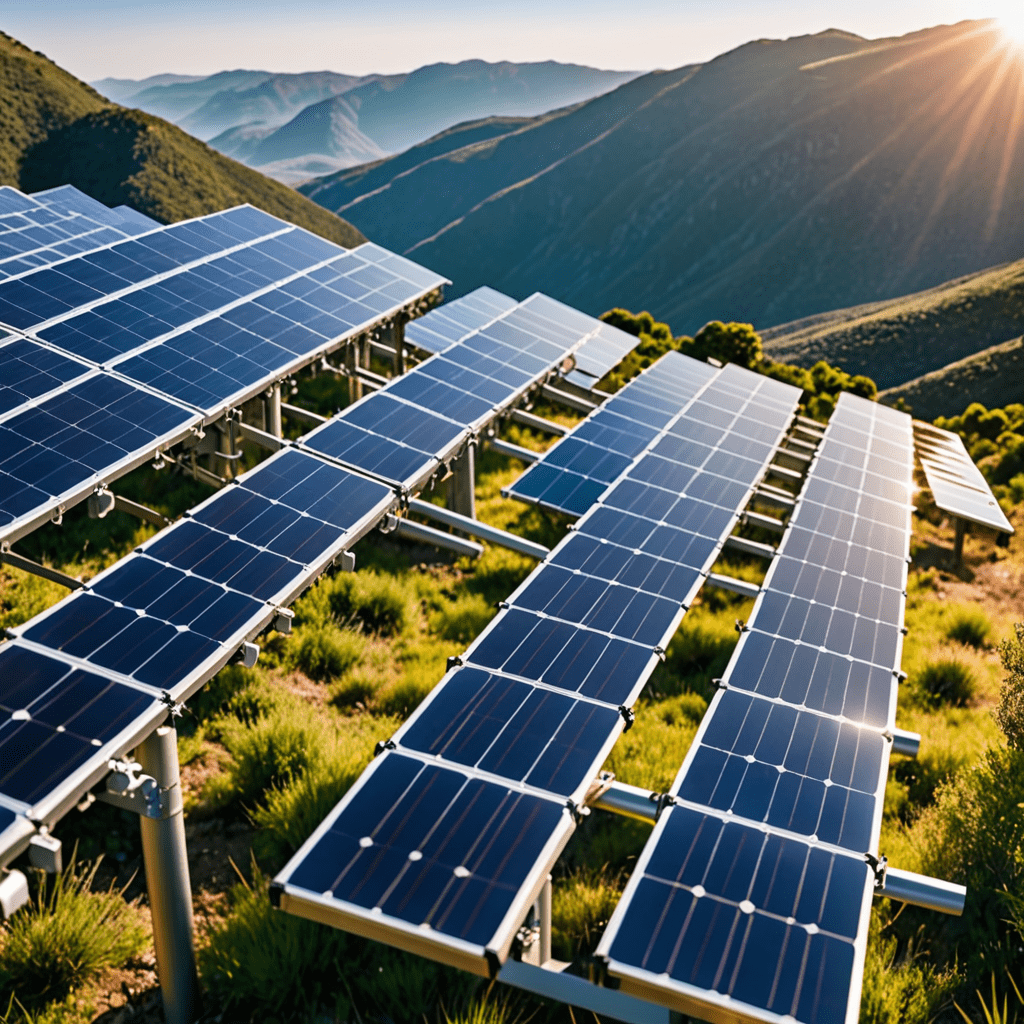The Future of Floating Solar Farms
Floating solar farms, also known as floating photovoltaic (FPV) plants, are a rapidly emerging technology in the field of renewable energy. Here, we delve into the advancements and potential of these innovative solar power plants.
Increasing Popularity and Benefits
As land availability becomes scarce, especially in densely populated areas, floating solar farms offer a compelling solution by utilizing water bodies such as reservoirs, lakes, and ponds. These installations not only generate clean energy but also reduce water evaporation, algae growth, and provide an opportunity for energy generation in areas where land use is limited.
Technological Innovations
The future of floating solar farms is bright with ongoing technological innovations. Engineers are developing efficient anchoring systems to withstand varying water levels and wave conditions. Additionally, advancements in solar panel efficiency and durability are enhancing the overall performance and longevity of these installations.
Environmental Impact and Sustainability
Floating solar farms contribute significantly to sustainability efforts by reducing greenhouse gas emissions and decreasing reliance on fossil fuels. Furthermore, these installations can have a positive impact on local ecosystems by providing shading that moderates water temperatures and reduces algae growth, benefiting aquatic life.
Global Adoption and Expansion
Countries around the world are increasingly turning to floating solar farms to meet their renewable energy targets. From the waters of Asia to the reservoirs in Europe and the United States, the adoption of this technology is on the rise. This global expansion showcases the scalability and versatility of floating solar farms.
Economic Viability and Cost Efficiency
Advancements in manufacturing processes and economies of scale are making floating solar farms more financially attractive. The declining costs of solar panels, coupled with the dual-use benefits of utilizing water surfaces, make these installations a cost-effective and sustainable energy solution for both developed and developing economies.
Challenges and Future Development
Despite the promising outlook, challenges such as maintenance costs, environmental considerations, and potential conflicts with other water usage need to be addressed for the widespread adoption of floating solar farms. Continued research and development efforts aim to overcome these hurdles and drive the future growth of this innovative renewable energy technology.
Conclusion
In conclusion, the future of floating solar farms holds immense potential to reshape the renewable energy landscape. With ongoing advancements, increased global adoption, and a focus on sustainability, these innovative installations are poised to play a significant role in meeting the world’s growing energy demands while mitigating environmental impacts.
FAQs About The Future of Floating Solar Farms
What are floating solar farms?
Floating solar farms are solar power plants that are installed on water bodies such as dams, lakes, or reservoirs. They consist of solar panels mounted on floating structures that harness solar energy to generate electricity.
What are the benefits of floating solar farms?
Floating solar farms help in utilizing otherwise unused water surfaces, reducing land usage. They also minimize evaporation from the water body, improve solar panel efficiency due to cooling effect of water, and can be installed near urban areas where land availability is limited.
Are floating solar farms sustainable?
Yes, floating solar farms are sustainable as they generate clean renewable energy without producing greenhouse gas emissions. They contribute to the global shift towards green energy sources, reducing reliance on fossil fuels.
What is the future outlook for floating solar farms?
The future of floating solar farms looks promising due to technological advancements, decreasing costs of solar panels, and increasing awareness about renewable energy. Governments and companies are increasingly investing in this innovative technology to meet growing energy demands sustainably.


